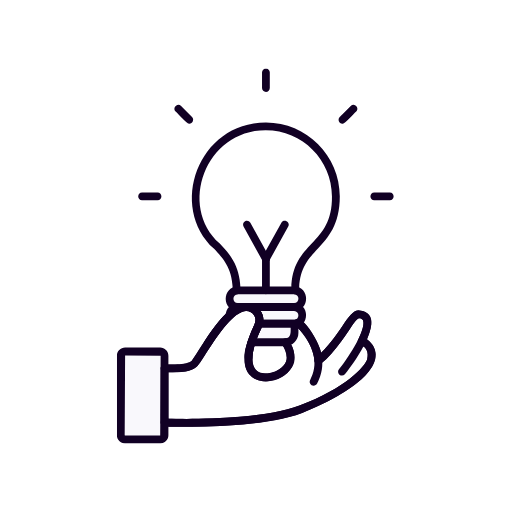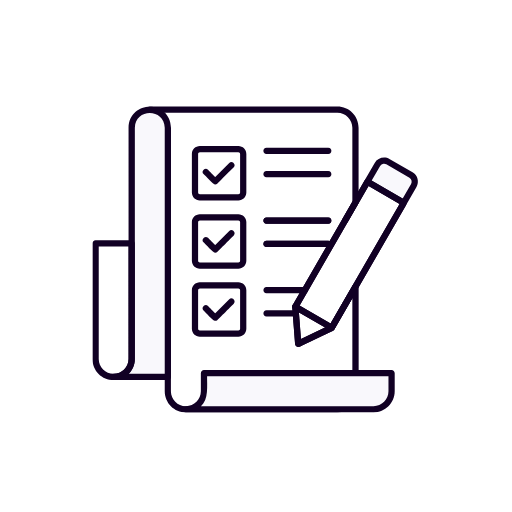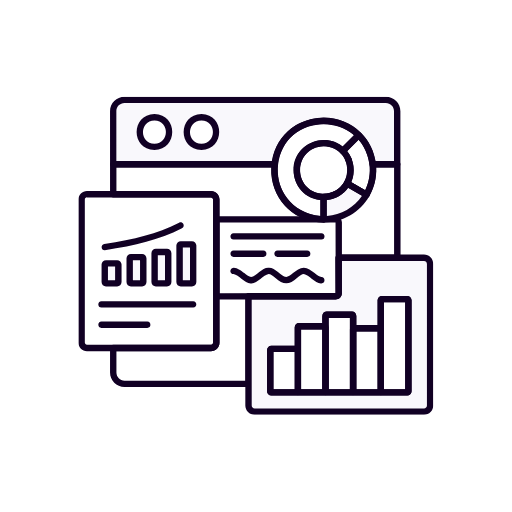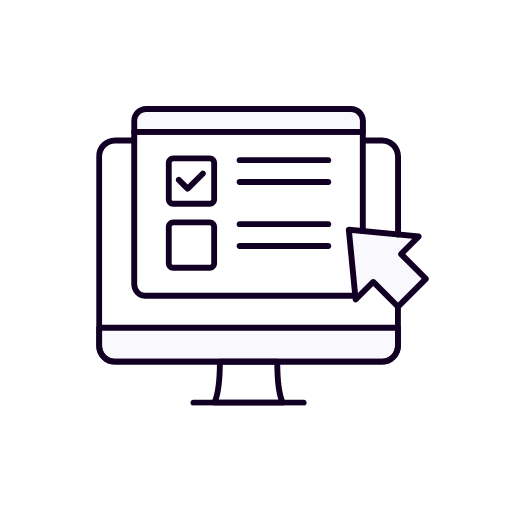Email Marketing service
Digital Marketing > CRM > Email Marketing Services
Email Marketing Services
Drive revenue with strategic email marketing in Dubai. We build automated, personalized campaigns that convert leads, retain users, and grow customer value.
Automated Lifecycle Flows
We build smart flows for onboarding, upselling, and retention—all on autopilot
Precision Segmentation
We tailor content to behaviors, intent, and demographics for better results
Localized Strategy
Arabic-English messaging crafted for Dubai’s multilingual audience
Why Choose Us
Email Built to Convert & Retain
We deliver high-converting, automated email campaigns that nurture leads, retain customers, and scale ROI—tailored for Dubai’s digital audience
“Email became our #1 sales channel within 3 months. Their segmentation and flows are unbeatable”
– Tariq M. Al Habtoor

Full Funnel Email Automation Setup
We build end-to-end email flows—from welcome sequences and cart recovery to reactivation and loyalty. Using your CRM and behavior data, we craft every step for engagement and conversion. These journeys turn cold leads into loyal customers automatically.
- Behavior-triggered flows
- Funnel-aligned journeys

Campaign Management & Optimization
We plan, design, and send performance-driven campaigns, analyzing every open, click, and conversion. With ongoing A/B testing and content refreshes, we keep your audience engaged and your inbox presence profitable
- Weekly campaign rollouts
- Real-time performance tuning
Our Services
Explore Our Email Marketing Services
From automation setup to copywriting, segmentation, and testing, our services cover every element of high-performance email marketing for Dubai-based brands

Email Flow Design
We plan and build automation flows tailored to each stage of your customer lifecycle

Newsletter Campaigns
Run high-engagement, conversion-focused newsletters weekly or monthly

A/B Testing
Test subject lines, content, send times, and CTAs to boost performance continuously

List Segmentation
Segment your contacts by activity, preferences, demographics, and more

Copywriting and Creative
Custom emails crafted to drive opens, clicks, and conversions

CRM Integration
Sync email platforms with your CRM for seamless targeting and personalization
Email Marketing
Email Marketing
Email marketing remains one of the most effective and cost-efficient digital marketing strategies, enabling businesses to build relationships, nurture leads, drive conversions, and foster customer loyalty at scale. In an omnichannel world where brands compete across numerous platforms, email stands out for its directness, personalization potential, and measurable impact.
The evolution of email marketing has transformed it from a basic communication tool into a dynamic engagement channel powered by segmentation, automation, AI, and analytics. Today, brands use email not just to inform but to convert, retain, and reactivate users through timely, relevant, and value-driven content.
Strategy Foundations and Campaign Planning
Successful email marketing starts with a strategy rooted in business objectives. Whether the goal is lead nurturing, transactional updates, product promotion, or content distribution, each email campaign must be built on a clear objective and corresponding KPIs—open rates, click-through rates, conversion rates, revenue per email, and unsubscribe rates.
Effective planning includes mapping out campaign types (newsletters, drip sequences, cart reminders, promotional blasts), aligning with the customer journey, and setting appropriate frequencies. Tools like Mailchimp, Klaviyo, ActiveCampaign, and HubSpot provide templates and automation to structure campaigns and monitor performance.
Audience segmentation is the core of personalization. Email lists should be segmented by demographics, behavior, engagement level, purchase history, and lifecycle stage. Personalized subject lines, content blocks, product recommendations, and send times significantly boost open and conversion rates.
Content Creation and Visual Design
Email content must be clear, concise, and compelling. The subject line and preview text drive opens, while the header, body, CTA, and visuals influence engagement. Design should support the message—use a clean layout, mobile-responsive formatting, and strategic use of color, imagery, and buttons.
Content should focus on user benefit, solve a problem, or present an opportunity. Using storytelling, limited-time offers, and user-generated content (UGC) increases authenticity and urgency. Dynamic content blocks allow emails to adapt in real-time based on the recipient’s profile or actions.
Visual hierarchy is key. The most important message or offer should be above the fold. Use bullet points for scannability, alt text for accessibility, and animated GIFs sparingly for engagement without distracting from the CTA.
Automation and Lifecycle Flows
Email automation ensures consistent engagement without manual effort. Lifecycle email flows target users based on actions, timing, and behavioral triggers. Common automated workflows include:
- Welcome Series: Introduces new subscribers to your brand and builds early trust.
- Abandoned Cart: Reminds users to complete purchases with incentives or social proof.
- Post-Purchase: Reinforces satisfaction, cross-sells related products, or requests reviews.
- Re-engagement: Targets inactive users with win-back offers or updated content.
- Event Triggers: Birthday emails, renewal reminders, subscription milestones.
Automation tools like Drip, ConvertKit, and Omnisend allow marketers to build conditional workflows, test variations, and optimize flows over time based on performance data.
Deliverability and Compliance
Achieving inbox placement is as important as crafting compelling content. Email deliverability is influenced by sender reputation, domain authentication (SPF, DKIM, DMARC), email list hygiene, and subscriber engagement.
Avoid spammy subject lines, excessive use of images, or misleading claims. Use a clean, verified sending domain, warm up new IPs, and maintain list hygiene by regularly removing bounced or unengaged emails.
Compliance with data privacy regulations like GDPR, CAN-SPAM, and UAE-specific laws requires clear opt-in mechanisms, visible unsubscribe links, and honest sender information. Preference centers allow users to control the type and frequency of emails they receive.
Analytics, Testing, and Optimization
Measurement is central to email marketing optimization. Beyond open and click rates, track conversion metrics, revenue attribution, time to open, heatmaps, and device usage. Email platforms often provide analytics dashboards, while tools like Litmus or Email on Acid offer detailed testing environments.
A/B testing can be applied to subject lines, headers, CTAs, send times, layout styles, and content types. Multivariate testing enables deeper insights across larger segments. Continuous testing drives incremental gains in engagement and ROI.
Use data insights to refine segmentation, content strategy, and campaign timing. For instance, if mobile open rates are rising, prioritize mobile-first design and short-form content. If certain CTAs outperform others, adapt global templates accordingly.
Email Integration with Broader Marketing Ecosystems
Email is most powerful when integrated with other marketing tools and platforms. Syncing email platforms with CRM systems, e-commerce platforms, ad networks, and analytics tools creates a cohesive customer experience.
E-commerce integration allows for product recommendations, order updates, inventory alerts, and VIP access emails. CRM integration supports lead scoring, sales alerts, and multichannel touchpoint alignment. Ad network sync enables suppression of users who’ve already converted via email.
Cross-channel orchestration tools like Segment, Customer.io, and Adobe Campaign allow email to interact with push, SMS, and web personalization engines in real-time. This supports unified messaging, frequency control, and attribution modeling across touchpoints.
Trends and Innovations in Email Marketing
Modern email marketing is increasingly shaped by personalization technology, AI, and interactive content. Trends influencing the field include:
- AI-Driven Content: Tools that auto-generate subject lines, optimize send times, and adapt content.
- AMP for Email: Allows users to take actions like RSVPing to events, filling forms, or browsing carousels without leaving the inbox.
- Hyper-Segmentation: Targeting micro-segments based on granular behavior and intent signals.
- Predictive Personalization: Recommending products or content based on predictive algorithms.
- Dark Mode Optimization: Designing emails that render effectively in both light and dark themes.
- Zero-Party Data Collection: Gathering direct user input (e.g., quizzes, preference forms) to inform email content and segmentation.
Email’s adaptability makes it resilient even as user expectations and data regulations evolve. Smart marketers continually refine their email strategy to stay ahead of these shifts.
Let's get started
Don't get left behind
Stay ahead of the competition with ReachOut – don’t get left behind.

Got a question? Get your answers
Quick answers to questions you may have. Can’t find what you’re looking for? Check out our full documentation.
01. Why is email marketing important in the UAE?
Email marketing is crucial in the UAE due to its direct and personalized communication with customers. It offers businesses a way to engage with local audiences, provide updates, offer promotions, and nurture customer relationships. With high internet penetration and smartphone use, email remains an effective tool for reaching a large audience.
02. How do I build an email list for marketing in the UAE?
Building an email list in the UAE can be done through strategies like offering exclusive content, discounts, or free resources on your website or social media platforms. Additionally, using sign-up forms, lead magnets, and running targeted social media ads can help attract subscribers from the UAE region.
03. What should my email marketing campaigns include to engage UAE customers?
Effective email marketing campaigns in the UAE should include:
- Localized content: Tailor the message to suit the cultural and demographic preferences of the UAE.
- Personalization: Use the customer’s name and preferences to create a personalized experience.
- Mobile-friendly design: Most users in the UAE access emails via smartphones, so ensure your emails are responsive and easy to read on mobile devices.
Clear call-to-action (CTA): Encourage recipients to take action, such as making a purchase or signing up for a service.
